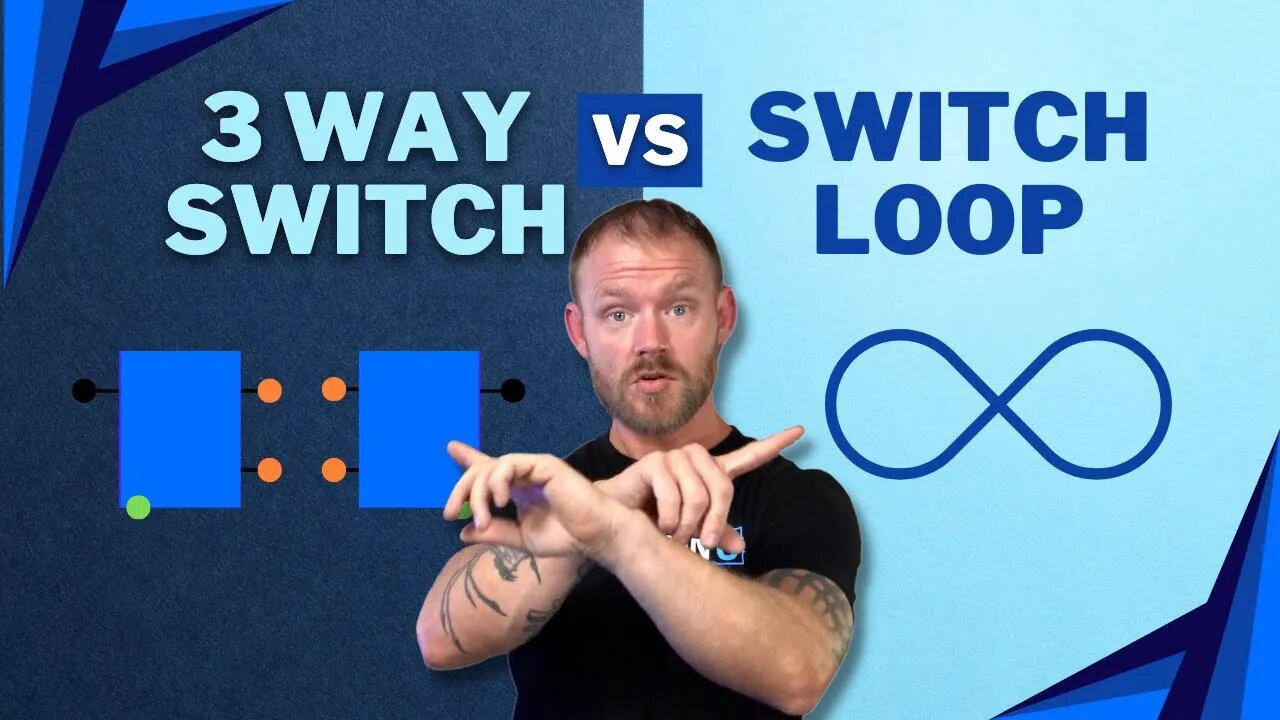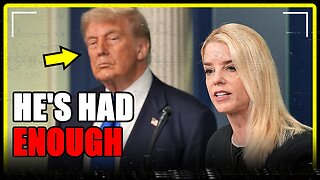Premium Only Content

Is There Such Thing as a 3-Way Switch Loop? What's the Difference Between a 3-Way and a Switch Loop?
As most electricians know, there are switch loops, and there are 3-way switches. But is there such a thing as a 3-way switch loop? This was a question from one of our viewers. In the latest episode of Electrician U, Dustin digs into this topic to explain how all these scenarios work.
🤘⚡️MEMBERSHIP⚡️🤘
JOIN ELECTRICIAN U - become a member and get:
FREE Continuing Education every year
FREE Practice Exams
FREE Monthly Video Courses
FREE Weekly Live Instructor-Led Classes
FREE Monthly Educational Newsletter
Premium Members-Only Content
Private Discord Channel
Monthly Members-Only Discord Chats
Sign up here --- https://www.electricianu.com/electrician-u-membership/
🎧🎹MUSIC AND VIDEO:🎹🎧
https://www.facebook.com/descantmv
🎬✍️ART AND ILLUSTRATION:✍️🎬
https://www.daverussoart.com
To understand the topic, lets layout standard switch wiring, switch loop wiring and standard 3-way switch wiring. Something to keep in mind, for ALL switches (or power sources for that matter) power must originate at the source, travel THRU the load, and return back to the source. For a standard switch, we bring the hot, neutral, and ground into the switch box. Then we run the hot, neutral, and ground up to the light fixture and wire. Pretty simple! For a switch loop, the incoming hot, neutral, and ground are run to the FIXTURE box first. The neutral and ground from that cable are wired to the fixture. Here is where we get a bit different. Another cable has to be installed from the fixture box to the switch box that has at least 3 wires. We need to take the incoming hot from our fixture box down to the switch on one of the wires and wire to one of the terminal screws on the switch. The other wire we would place on the other terminal screw and run it back up to our fixture box and wire to our light. Since 2 conductor NM cable and MC cable are traditionally white and black, we need to reidentify the white conductor for the purpose of carrying the current, so someone doesn’t get confused and receive a nasty shock! The last conductor would be for the ground.
3-way switches are a bit different as they are 2 separate locations being utilized to actuate a fixture (or series of fixtures) but with a single power source. The thing to remember here is you bring power IN on one of the switches and OUT to the fixture(s) on the other one. The switches look a bit different also in that there are 4 terminal screws on the switch. One for the ground (which doesn’t change from any other device switch) a common (which is either power IN or power OUT depending on which one you are using it for) and 2 travelers. So, power is brought in on one side of the 3-way where the incoming hot is connected to the common terminal. A 12-3 should be run between the 3-way switches where the incoming neutral is connected to the white of the cable and the ground to the ground. The other black and red wires are connected to the TRAVELER terminals on the switch. On the other 3-way switch, the common screw would be the switch leg going TO the light fixture, the traveler terminals would receive the traveler conductors from the other switch, and the neutral & ground conductor would go up to the fixture (with the hot) to actuate the light.
A 3-way switch loop is a bit different, but the principal is the same. Much like a normal switch loop, we bring the incoming hot into the fixture box. But we need to run a 12-3 type cable down to each switch location. This quantity of conductors is important as we now have the traveler conductors to deal with. So, reidentify the white conductor for both switch locations. On the side that would receive the incoming hot, connect it to the hot from source. On the side that would be the switch leg, connect it to the fixture. In both switch locations, this reidentified white wire would be hooked to the common screw. The black and red conductors would be connected to the traveler screws on the devices and then wire nutted (color to color) in the fixture box. Incoming hot and ground conductors would be hooked up to the fixture as normal! Nothing really different except there are a few other joints that can become confusing!
We hope this has been insightful! Is there a topic you would like to see discussed? Leave a comment in the comment section and let us know! Please continue to follow Dustin and Electrician U as we are constantly updating our content to assist our followers become the best they can be!!
-
 0:58
0:58
Electrician U
1 year agoFISH STICKS! Every electrician needs these!
6.34K -
 16:38
16:38
MetatronGaming
9 hours agoAnno 117 Pax Romana looks INCREDIBLE
5.61K5 -
 9:26
9:26
MattMorseTV
1 day ago $13.39 earnedPam Bondi is in HOT WATER.
11.2K120 -
 13:46
13:46
Nikko Ortiz
12 hours agoYour Humor Might Be Broken...
2.54K2 -
 2:20:13
2:20:13
Side Scrollers Podcast
16 hours agoVoice Actor VIRTUE SIGNAL at Award Show + Craig’s HORRIBLE Take + More | Side Scrollers
41.5K13 -
 18:49
18:49
GritsGG
12 hours agoI Was Given a Warzone Sniper Challenge! Here is What Happened!
1.55K -
 19:02
19:02
The Pascal Show
1 day agoNOT SURPRISED! Pam Bondi Is Lying To Us Again About Releasing The Epstein Files
1.73K3 -
 6:05
6:05
Blabbering Collector
16 hours agoRowling On Set, Bill Nighy To Join Cast, HBO Head Comments On Season 2 Of Harry Potter HBO!
1.6K -
 57:44
57:44
TruthStream with Joe and Scott
2 days agoShe's of Love podcast & Joe:A co-Hosted interview, Mother and Daughter (300,000+Facebook page) Travel, Home School, Staying Grounded, Recreating oneself, SolarPunk #514
20.7K1 -
 30:49
30:49
MetatronHistory
1 day agoThe Truth about Women Warriors Based on Facts, Evidence and Sources
17.2K12